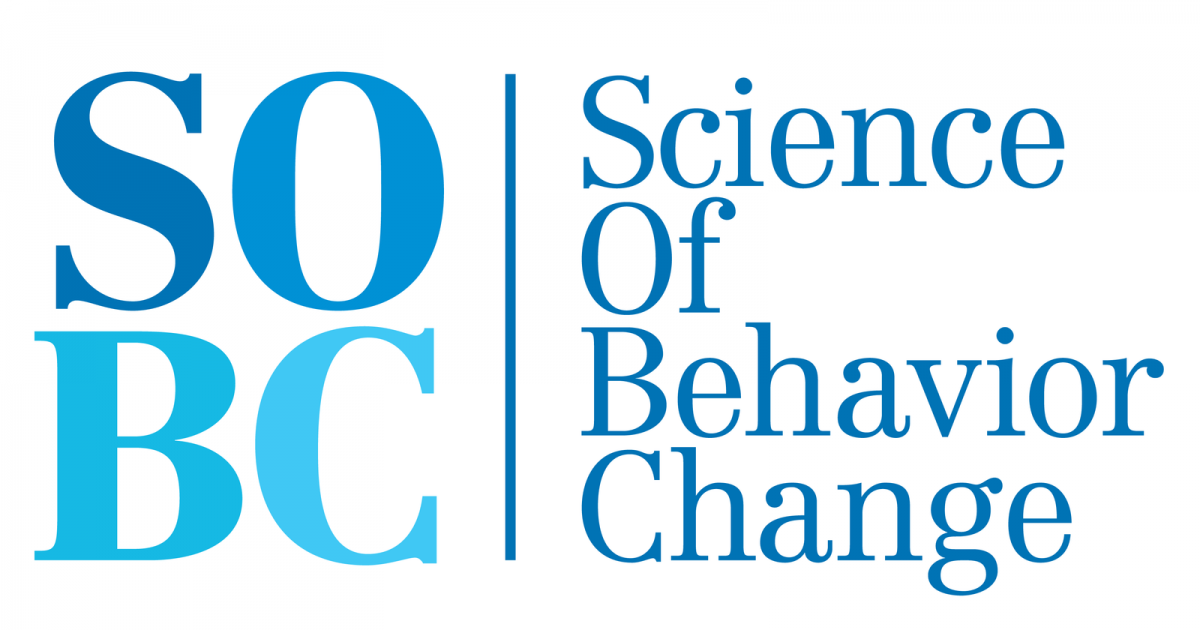Science of Behavior Change First Annual Meeting of Investigators
June 20-21, 2011
Executive Summary
Printable Version
The National Institutes of Health (NIH) Science of Behavior Change (SOBC) Common Fund program awarded 10 grants in fiscal year 2010 in response to the request for applications (RFA) titled Science of Behavior Change: Finding Mechanisms of Change in the Laboratory and the Field. NIH convened the first annual meeting of investigators in Bethesda, MD, on June 20-21, 2011, to update the NIH SOBC Working Group about investigators’ progress to date and also to inform future efforts. The meeting began with a keynote presentation by Dr. Matthew Nock that provided general insights about mechanisms of behavior change and why they are important to study, approaches to measuring mechanisms, and approaches to changing behavior by testing individual components and targeting potential mechanisms directly. The latter has the potential to revolutionize the science of behavior change.
Following the keynote presentation, investigator presentations were clustered by approaches for studying mechanisms underlying behavior change—behavioral economics, genetics, social and policy approaches, and emotional self-regulation—and introduced by an invited speaker for each respective grouping. Each cluster of presentations was followed by general discussion among the participants.
Behavioral Economics
Behavioral economics may help explain why people often fail to act in their own best interest. Dr. David Laibson presented examples of how unhealthful behavior choices could be changed using inexpensive, scalable interventions (e.g., defaults or nudges). Evidence suggests that interventions that address self-management are more effective at promoting change than education alone. Dr. Scott Halpern is conducting a randomized controlled trial (RCT) of 2,185 Walgreens employees across the United States to compare the structure of financial incentives in smoking cessation programs. Dr. Johannes Haushofer is examining how delay discounting (gains and losses tomorrow are “worth” less than those today) is mediated by poverty and stress in three settings: the loss of livestock in southern Kenya; an RCT of unconditional cash transfers in western Kenya; and family health insurance intervention versus cash transfer versus control for employees in a stressful working environment in Nairobi.
Genetics
Dr. Jenae Neiderhiser introduced the link between genetics and behavior change by focusing on her own work using family relationships (in twin, sibling, and adoption study designs) and elucidating the roles of genes and environment. Dr. Timothy Strauman is testing a model of risk phenotype for self-regulation failure based on the functioning of the dopaminergic system and anticipates testing a set of micro-interventions targeting that phenotype. Dr. Barbara Fredrickson is investigating how positive emotions alter bodily systems in ways that ultimately reinforce sustained behavior change. She developed the Upward Spiral Model of Lifestyle Change, positing that when a new wellness behavior elicits positive emotions, it increases changes in biological resources, and over time may lead to long-term changes for improved health and well-being. Dr. James Hudziak is identifying the specific genetic and environmental influences on exercise behavior and developing a family-based intervention for children in the transitional ages of 9 to 13 years old in order to maintain their exercise behavior.
Social and Policy Approaches
Dr. Jamie Chriqui noted that policy and environmental changes can have sustained population health and behavioral impacts, but they often require patience. A policy strategy for behavior change requires viewing behavior as being influenced by a much larger social system. Successful policy changes that have influenced public health have targeted, for example, vaccine preventable diseases, maternal and infant health, and tobacco control. Dr. Megan Moreno is examining social media as an opportunity to learn more about adolescent health behaviors and to explore the possibility that social media can be used as a medium for healthful messages. Dr. Henry Saffer is conducting an econometric analysis based on a theoretical neuroeconomic model of cues, arguing that past alcohol consumption may have an important role in modifying the effects of the advertising and price of alcohol.
Emotional Self-Regulation
Research presented by Dr. B.J. Casey demonstrates that individual differences in brain activity can predict behavior change, particularly during sensitive periods of development, and therefore help to identify candidates for targeting interventions. Development, social contexts, and individual differences are important considerations when determining approaches to behavior change. Drs. Alison Miller and Julie Lumeng are examining behaviors and physiology among 1- to 3-year-old toddlers to determine if there are predictors of obesity risk; the results have the potential to inform understanding of self-regulation and obesity prevention efforts. Dr. Kevin Ochsner noted that the inability to cope with stressors could lead to maladaptive forms of regulation that over time can lead to health problems. He is studying emotion regulation strategies that can be used during two points of the appraisal cycle—attentional control and cognitive change—during the developmental periods of childhood and adolescence. Dr. Elizabeth Phelps is investigating whether the tools of affective neuroscience and neuroeconomics can be used to characterize more precisely how and when emotion is incorporated into the value computation as well as to change emotion and choice, with the ultimate goal of better understanding behavior change.
General Discussion
Participants engaged in general discussion throughout the meeting and addressed several topics including: the interaction of psychology and economics; the influence of research on the policy-making process; dissemination of evidence-based interventions; the role of technology; the importance of translational and cross-disciplinary work; cost-effectiveness of behavior change interventions; and the goal of developing a unified science of behavior change. A more detailed description of key themes and highlights from the meeting can be found in the full meeting summary.



